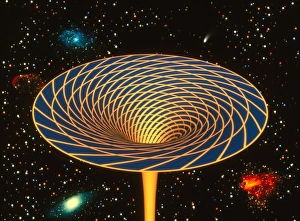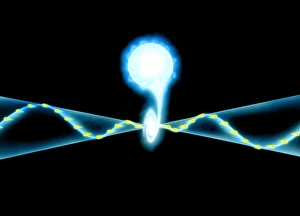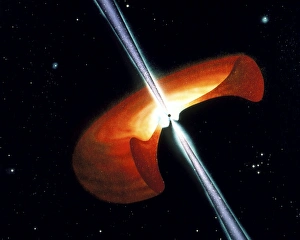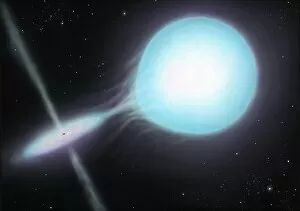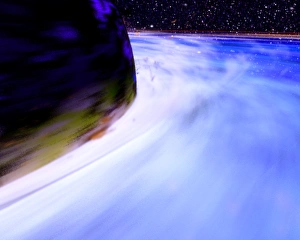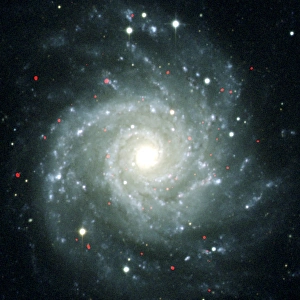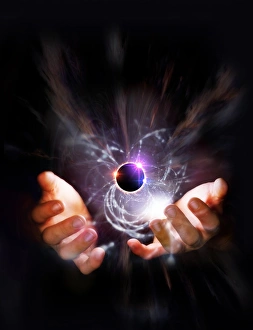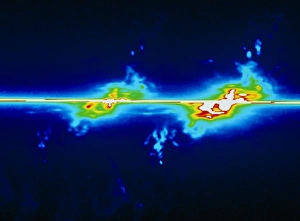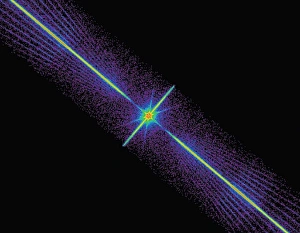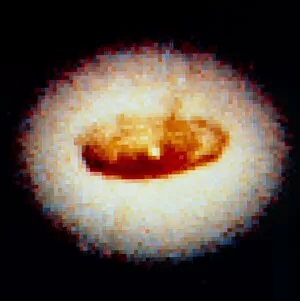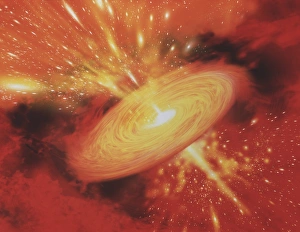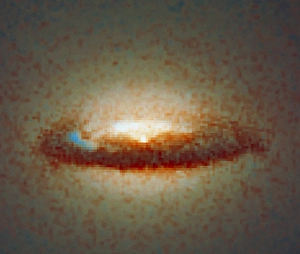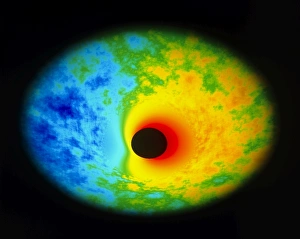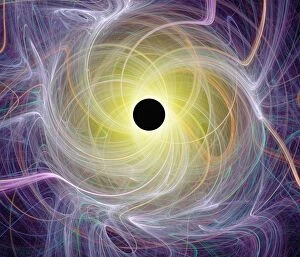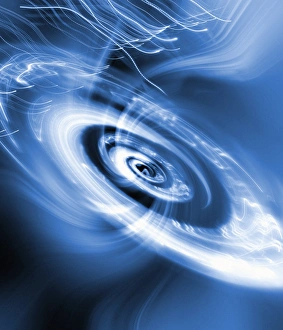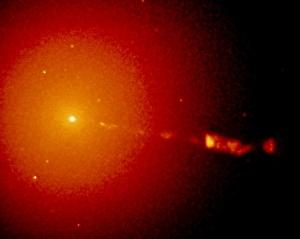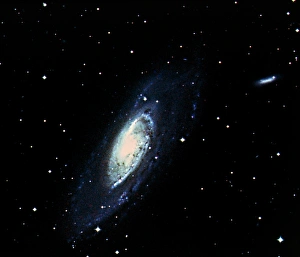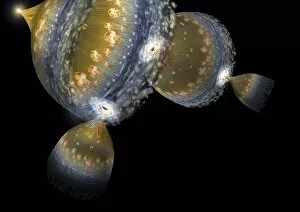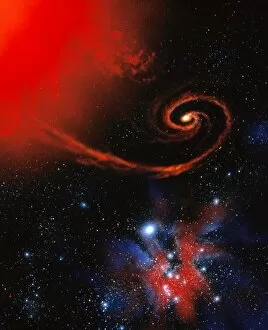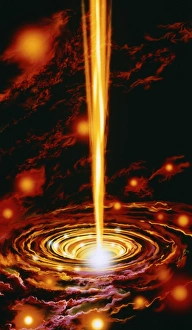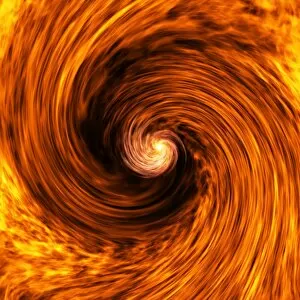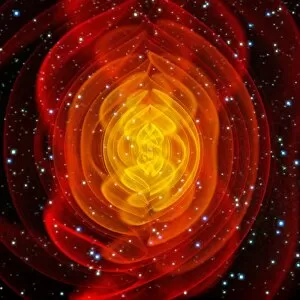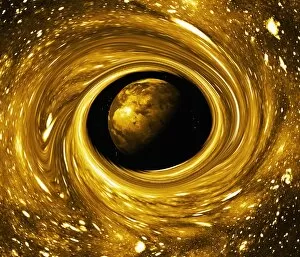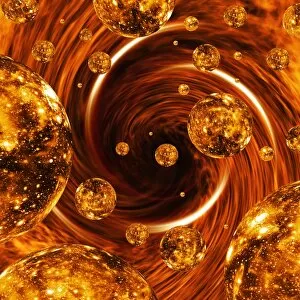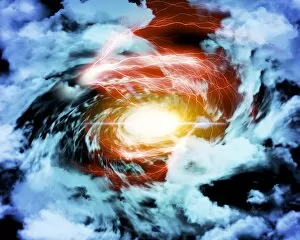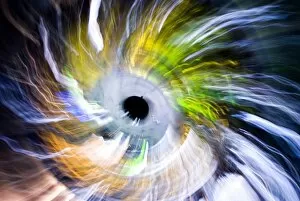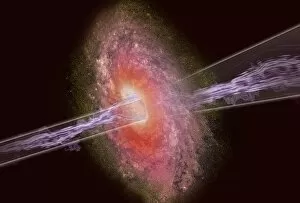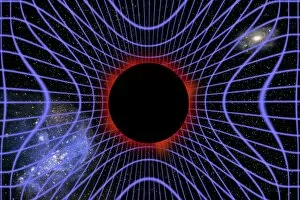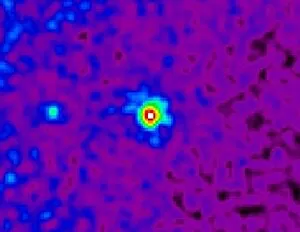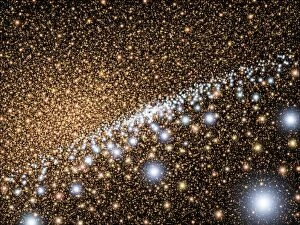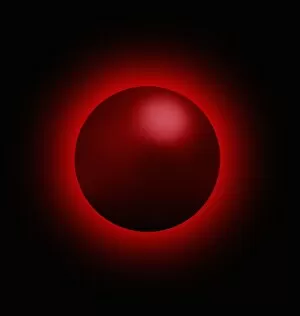Black Hole Collection (page 3)
"Exploring the Enigma: Black Hole - A Time Warp in the Universe" In this conceptual image, we witness a glimpse of the mysterious black hole
All Professionally Made to Order for Quick Shipping
"Exploring the Enigma: Black Hole - A Time Warp in the Universe" In this conceptual image, we witness a glimpse of the mysterious black hole, a phenomenon that challenges our understanding of space and time. Just like Calcutta's Old Fort William standing alongside a playhouse and obelisk memorial in 1786, black holes evoke a sense of chance and unpredictability in the vast expanse of the universe. The infinity symbol intertwined with the black hole signifies its infinite gravitational pull, capable of devouring everything that crosses its event horizon. It reminds us of primordial quasars depicted in artwork, illuminating distant corners of space with their immense energy. But amidst this cosmic dance lies an intriguing phenomenon known as "Galactic Kiss, " where two galaxies collide due to gravitational forces exerted by these enigmatic entities. This collision creates awe-inspiring displays within the intricate Cosmic Web connecting celestial bodies across unimaginable distances. As we delve deeper into art, asteroid studies, astronomy, cosmology – disciplines fascinated by these captivating objects – we come across stunning color images showcasing colliding galaxies and their interaction with black holes. These visuals remind us how small we are compared to these colossal forces shaping our universe. Reflecting on history, postcards from 1913 reveal Calcutta's infamous "Black Hole, " where countless lives were lost within its confines. An engraving immortalizes this tragedy through a monument erected to honor those who suffered there. From ancient times to modern exploration, humanity has been captivated by black holes' enigma. As scientists continue unraveling their secrets and pushing boundaries beyond imagination, one thing remains certain: these celestial behemoths will forever intrigue us as they shape our perception of reality itself.

